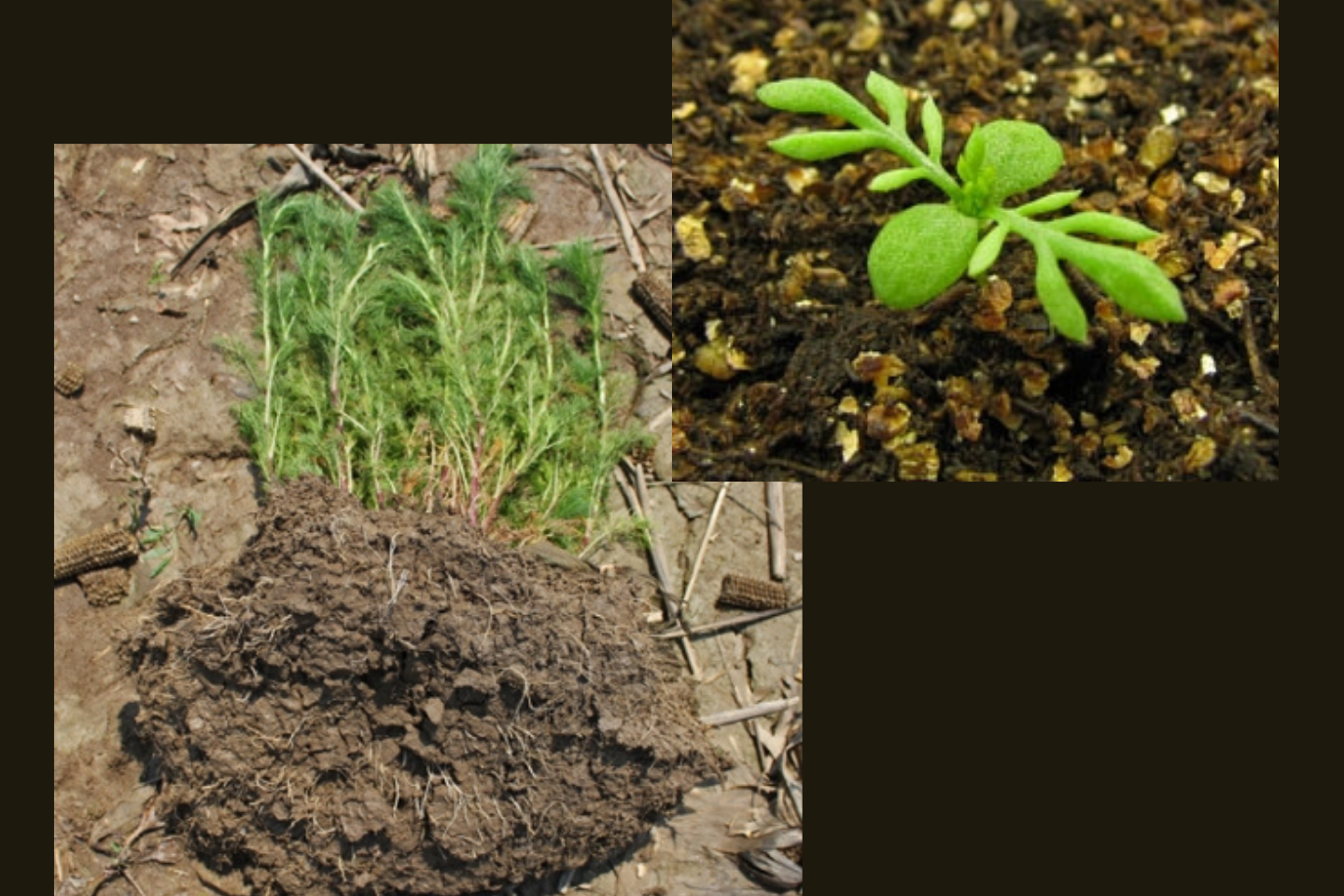Problem
In the fall, winter annuals compete with the establishing winter wheat crop and have a head start next season, making spring weed control more difficult.
Solution
Fall applied herbicides have shown to reduce the height and density of weeds the next spring, this aids in the efficacy of post applied herbicides in the spring, especially on hard to kill weeds, like Canada fleabane and perennial sow thistle.
What the research says
Fall herbicide applications can be especially beneficial in controlling problem perennial weeds, like perennial sow thistle and dandelion and winter annual weeds, like Canada fleabane. These weeds are smaller and more easily managed in the fall, causing a population reduction and a delay in emergence in the spring. This allows winter wheat to have a competitive advantage over smaller, newly emerged weeds in the spring. A clean start in the fall helps eliminate weed competition from establishing winter wheat for nutrients and soil water.

Weed size plays a major role in the efficacy of post herbicides. Fall applied herbicides have shown to reduce the height and densities of weeds the next spring, this aids in the efficacy of post applied herbicides in the spring, especially on hard to kill weeds, like Canada fleabane.
Warmer application temperatures help increase the effectiveness of the herbicide. It’s recommended to apply fall herbicides when the temperature is greater than 8˚C. Warmer temperatures allow the plant to readily take up the herbicide and increases translocation. In order to ensure the herbicide has had enough time to translocate throughout the plant, wait at least 72 hours after application for fall tillage
The key to effective perennial weed control is killing right down to the roots. Many perennial weeds can return with vengeance if only the tops are killed off. To completely control a perennial weed and prevent it from returning, a herbicide with systemic activity is a must. Not all systemic herbicides are ideal for perennial weed control. This is because the weed needs to live long enough to transport the herbicide down to its root, meaning fast acting systemic herbicides don’t have the chance to travel to the roots before the leaf and stem tissue are killed. Therefore, slower acting systemic herbicides are a better choice for the control of perennial weeds
References
https://extension.psu.edu/biennial-and-perennial-weed-control-is-best-in-the-fall
https://cropwatch.unl.edu/2018/fall-strategies-weed-control-winter-wheat
Davis, V., Kruger, G., Young, B., & Johnson, W. (2010). Fall and Spring Preplant Herbicide Applications Influence Spring Emergence of Glyphosate-Resistant Horseweed (Conyza canadensis). Weed Technology, 24(1), 11-19.


